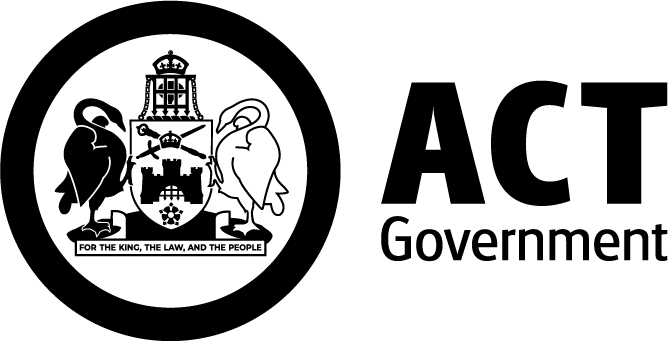Australian Early Development Census
The census measures a child's development in their first year of full-time school. Learn how we use the results to improve outcomes for children in the ACT.
About the Australian Early Development Census
The Australian Early Development Census (AEDC) measures child development. This happens around age 5 or 6 when a child is in their first year of full-time school. In the ACT this is kindergarten.
Teachers across Australia complete the census every 3 years. They answer about 100 questions about their student's:
- physical health and wellbeing
- social competence
- emotional maturity
- language and cognitive skills (school-based)
- communication skills and general knowledge.
The census tracks results across these 5 areas, called domains. This shows which areas might be getting better or worse for children.
Early childhood education and care providers, schools, community organisations, researchers and government use these results to find ways to improve outcomes for children.
You can see how local organisations are using the results at AEDC community stories.
2024 AEDC results
The 2024 AEDC results are available at Australian Early Development Census (aedc.gov.au).
To see more detailed results please download the national report, community profiles or view the data at Australian Early Development Census (aedc.gov.au). The AEDC website has advice on how to interpret and use the results.
2024 was the sixth cycle of AEDC data collection and provides valuable trend data to track early childhood development.
There was an improvement in the social competence domain, with 0.7% fewer ACT children considered developmentally vulnerable than in 2021. All other domains showed an increase in developmental vulnerability.
The percentage of ACT children whose development is on track on all five AEDC domains has decreased since 2021 (from 47.3% in 2021 to 43.8% in 2024).
Over a quarter (28.1%) of children in the ACT are developmentally vulnerable on one or more domains. This is increasing over time and is greater than the national rate of 23.5%
Around one in 7 ACT children (14.9%) are facing challenges in two or more domains. They are at high risk of not developing to their full potential.
In 2024, more ACT children were identified by their teacher as needing further assessment than in 2021 – about 5 in every kindergarten class (23.0%).
The percentage of children developmentally vulnerable on one or more domains varied across ACT regions, listed from highest to lowest: Molonglo (30.4%), Gungahlin (30.3%), Tuggeranong (30.2%), Belconnen (30.1%), South Canberra (25.0%), North Canberra (23.6%), Woden (21.4%) and Weston Creek (20.3%).
Access AEDC data
You can find all AEDC data at Australian Early Development Census website.
The ACT 2024 AEDC report will be released later in 2025.
2021 ACT AEDC publications
Insight papers give detailed responses to emerging trends in vulnerable areas of child development. In 2021, ACT data insight papers were created on:
- ACT trends [PDF 4.1 MB]
- AEDC Communities and our ACT regions [PDF 2.6 MB]
- Children with disability, health, or development needs [PDF 2.3 MB]
- Early Childhood Education and Care and the AEDC [PDF 2.1 MB]
AEDC training course
You can access a NSW Department of Education course on how to use the AEDC dataset.
Register on the NSW Department of Education website.
Then select Browse Learning and search for AEDC to start the microlearning course.
Contact us
You can contact us to book a session to explore ACT’s AEDC data, use your school profile or discuss how your school or organisation might respond to the results.
Email
aedc@act.gov.au
